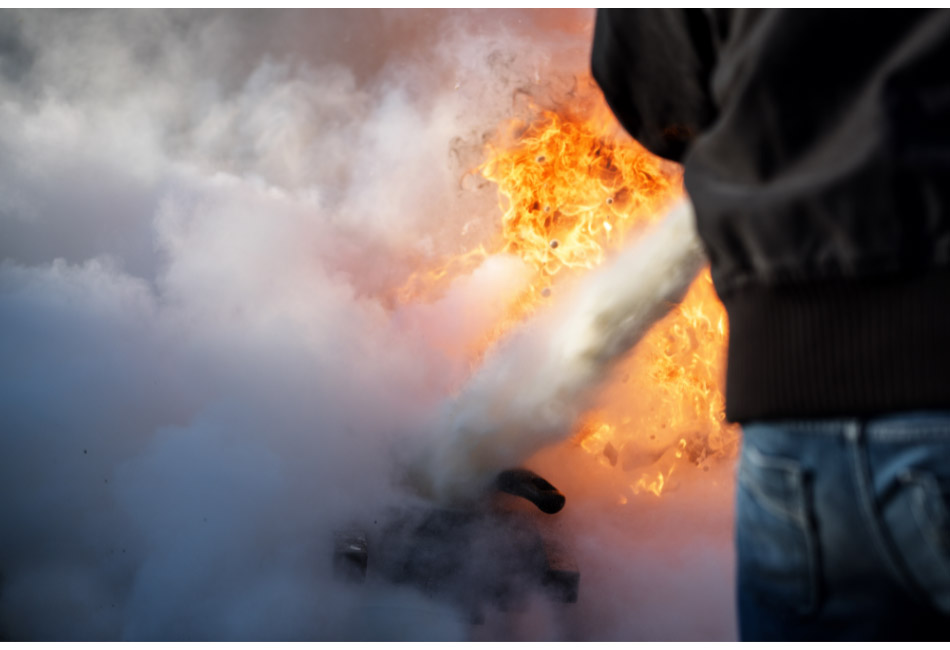How To Service Your Fire Pump & Equipment
Along with general spring cleaning and maintenance around homes and businesses, spring is also a great time to undertake annual servicing of important equipment, like fire pumps.
For many businesses, ranging from commercial to industrial and agricultural, a fire can be the single most devastating event that can hit them.
This is why fire pumps and other fire equipment are essential purchases. However, it’s not just the initial purchase of these that’s important but the ongoing servicing and maintenance. A poorly maintained fire pump is nearly as bad as no pump at all.
That’s why we’ve created this guide outlining how to service your fire pump and equipment to help not only keep your equipment in top shape throughout the years but also to help you be 100% prepared should a fire break out.
When To Service Your Fire Equipment
It’s highly recommended that fire pumps and other equipment are serviced every year. Spring is the perfect time to undertake this so that when summer hits, you can be confident that your equipment is working as well as it can be.

How To Service Your Fire Pump
1. Check For Signs Of Damage Or Extensive Wear
This includes checking for:
- Rust or corrosion
- Cracked or worn seals
- Loose parts
- Leaks, cracks, and bulges in your water and air hoses
- Loose clamps
- Any other damage or extensive wear.
When it comes to life-saving equipment like fire pumps, it’s better to be safe than sorry. Even minimal damage and wear can result in complications during critical moments. If in doubt, repair and replace parts that you’re questioning.
2. Check Your Fuel, Oil, And Filters
Your fuel should be replaced every 12 months to prevent complications from stale fuel. It’s recommended that as part of your service, old fuel is discarded, and fresh fuel is added.
Check the oil. Clean and replace this during your service, and ensure oil levels are satisfactory.
Lastly, check that all air and fuel filters are clean, with no blockages.
3. Test the Fire Pump
Run the engine and ensure it starts easily. Allow it to run for a suitable length of time so you can be confident it will support you during a fire.
4. Clean The Pump
After the above steps have been completed, give the pump an overall clean with an anti-corrosion spray (lanolin-based).
5. Fill Up The Tank And Store Appropriately
Ensure there is a full tank of water in the tank, then place it away. To assist you in looking after your fire pump all year around when not in use, it’s suggested that you keep it stored in a safe location that is protected from the elements (such as sun and wind), while still being in easy reach should there be an emergency. Keep the pump off the ground, on a stable base.
General Fire Pump Usage Tips
Along with looking after the pump when it’s not in use, it’s important that when it is being used, appropriate action is taken to maintain its condition. It’s recommended that when using the pump:
- Hoses aren’t dragged over rough surfaces that can cause damage
- Pressure levels aren’t exceeded
- That all usage guidelines as per the instruction manual are followed.
After each use, clean it with a normal garden use (not a pressure washer as this can damage the equipment) and top up water for the next time.
Buying A New Fire Pump
If you’re in the market for a new fire pump and equipment, speak to the team at BON. We have an experienced team of local rural living specialists who can assist you in finding the right fire equipment and fire protection for your business and budget.
Contact us today to ensure that when fire season starts, you’re fully prepared to defend your property.




